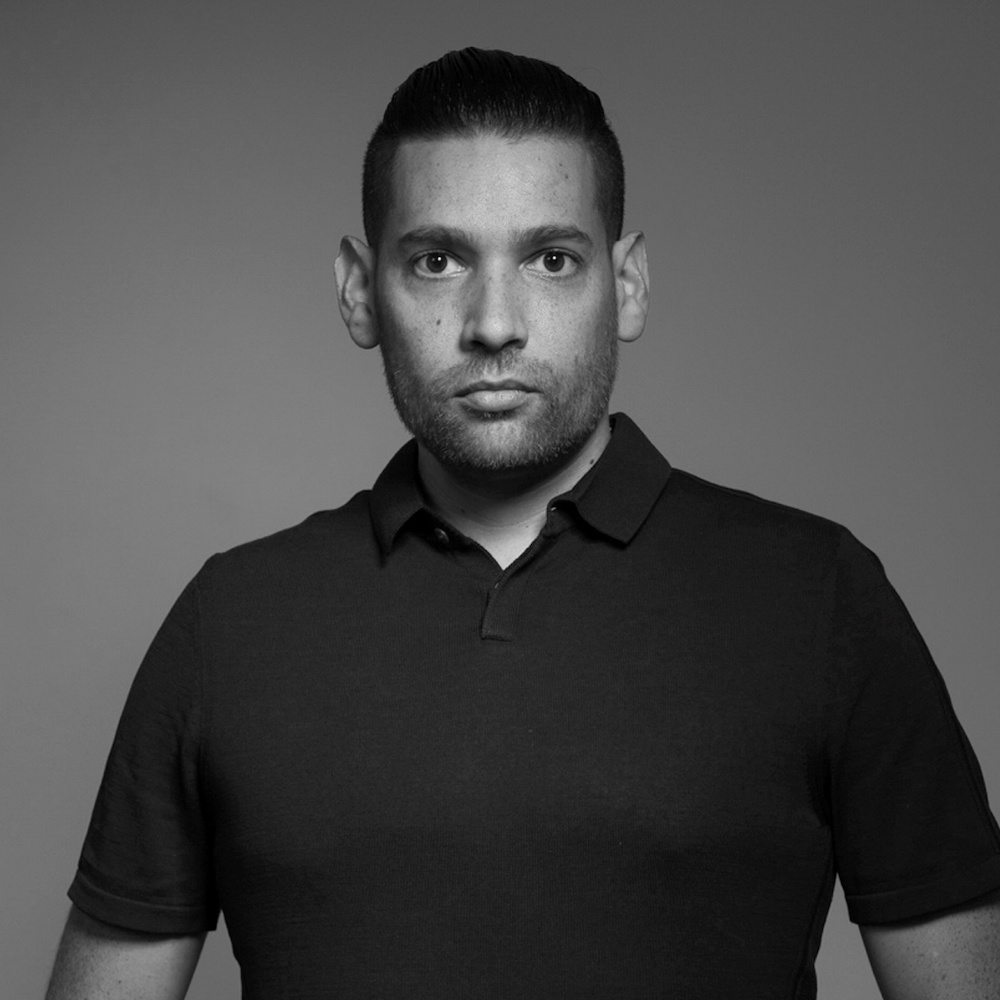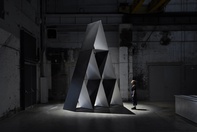Tony Albert
Sydney. Girramay/Kuku Yalanji, East Cape region, Yidinji, Rainforest region
2019
Displayed 2019 at Carriageworks

Tony Albert
Born 1981, Townsville, Queensland. Lives and works Sydney. Girramay/Kuku Yalanji, East Cape region, Yidinji, Rainforest region
Tony Albert’s art practice interrogates contemporary legacies of colonialism in a way that prompts the audience to contemplate elemental aspects of the human condition. Mining imagery and source material from across the globe and drawing on personal and collective histories, Albert questions how we understand, imagine and construct difference. Certain political themes and visual motifs resurface across his oeuvre, including thematic representations of the ‘outsider’ and Aboriginalia (a term the artist coined to describe kitschy objects that feature naïve portrayals of Aboriginality). Albert’s technique and imagery is distinctly contemporary, displacing traditional Australian Aboriginal aesthetics with a kind of urban conceptuality.
Artist text
by Aarna Fitzgerald Hanley
Tony Albert has drawn the cards.
Immense, Albert’s collection of playing cards, tea towels, ashtrays, wall-hangings, mugs and kitsch all bear the stolen faces and pilfered cultural imagery of Aboriginal people. First amassed when he was a child and unaware of their sinister past, ‘Aboriginalia’, as Albert calls the objects, began to figure in his practice soon after he left art school in the early 2000s. In the recent past these objects sat comfortably in suburban homes and atop shelves in tourist shops, and while the objects are familiar to Australia’s historical imagination, their subjects are not. By using Aboriginalia, Albert co-opts Australia’s collective consciousness; drawing in the past, and what remains of it, he returns an identity once stolen to the subjects of history.
These have been played before.
Albert has assembled the cards into card houses around a metre high, like the nine structures in his epic 108-piece installation 108 (2011–13). Later, in The Hand You’re Dealt (2016) Albert, working into a deck, sculpted individual cards into bullets, skulls, dollar signs, Nike swooshes, Mickey Mouse ears and Batman insignias to map a cultural history of Australia. By laying out the cards into a tableau he flattened the inherent hierarchy of a deck. In Girl/Boy (2018) those small sculptured cards were supersized; a large-scale representation of the originals, they stood as proud portraits in a personal play wherein Albert, the young Aboriginal boy, was matched with the Queen of Hearts, and the young Aboriginal girl was anointed King. (1) In House of Discards (2019) Albert has rebuilt the original houses of cards around five metres high. Yet here, front and back, the cards are stripped of colour and form.
What is he playing at?
Albert has redrawn the cards: one side black the other white. In this new arrangement, the artist departs from his unmistakable representational style. With the Aboriginal imagery discarded and the suit erased, the relationship between the two sides is black-and-white. In a succinct abstraction, each side is sharply defined; back-to-back, they literally don’t see eye-to-eye. Through his practice Albert works to invert the histories of the past, allowing stolen stories to play a part. Here, in a monochromatic play, the untold is laid bare.
Will the house fall?
With the houses of cards, Albert was initially interested in the precarity of their structure; the failed hope in building a form that you know from the outset will topple. (2) Now, with House of Discards, the supersized houses are not representations but abstractions. Transforming the ubiquitous into the monumental seems a precarious game to play. By returning to past forms, Albert’s practice distinctively acknowledges that the past has not ‘passed’ while remaining eternally optimistic that it will. By playing big, Albert is hopeful that the ‘past’ is near.
Notes
(1) Exhibition wall text, Tony Albert: Visible (2018), Queensland Art Gallery, Brisbane.
(2) Interview between the artist and author, 5 September 2018.
